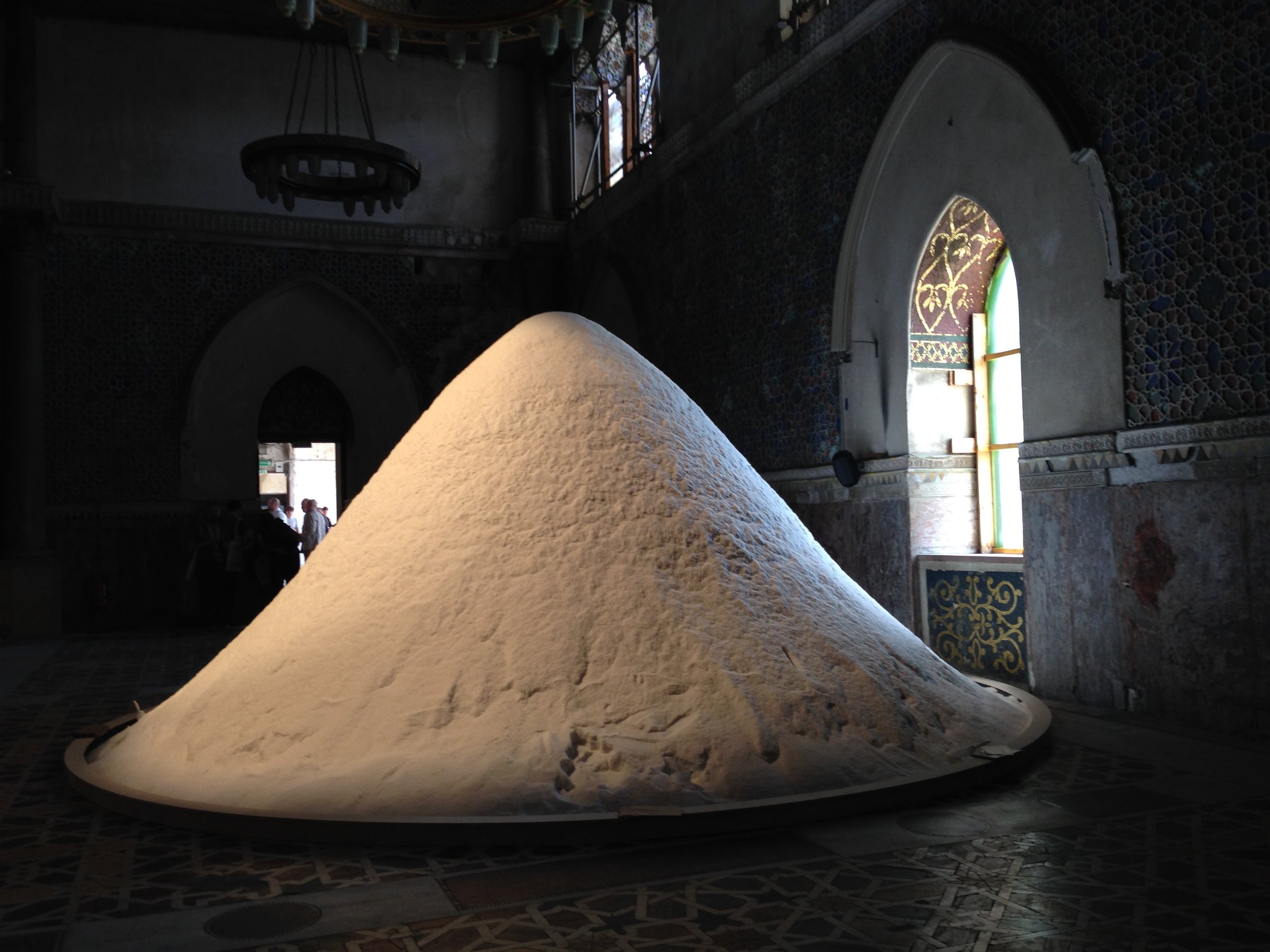Syncretic thinking: ‘Manifesta 12’ in Palermo
/Patricia Kaersenhout, The Soul of Salt, 2016, installation view, Palazzo Forcella De Seta, Palermo, June 2018; photo: En Young Ahn
Under the title of ‘The Planetary Garden: Cultivating Coexistence’, the most recent iteration of the European nomadic biennial, ‘Manifesta 12’ attempted to cultivate a model for the harmonising of diverse identities with different cultural and historical roots – as if going against the tide of the current polarising politics in Europe, the United States and elsewhere. To this end, a curatorial team of four ‘creative mediators’ (a journalist and filmmaker, two architects and a curator) linked a metaphor of the planetary garden with the Sicilian cultural syncretism inherent in the history of Palermo. In addition, the biennial also tried to address many current issues, ranging from migration by sea, climate change and rapidly increasing economic inequalities to Artificial Intelligence technologies.
A highlight of ‘Manifesta 12’, which ran from 16 June until 4 November, was Patricia Kaersenhout’s The Soul of Salt (2016), housed in the Moorish Palazzo Forcella De Seta with its mosaic-covered walls and colourful inlaid marble floors. Referencing a legend among Caribbean slaves that eating salt prevented them from becoming lighter and flying back to Africa, the installation of a mountain of salt by this Dutch artist with Surinamese heritage sought to show the connection between the past slave trade across the ocean and the current refugee crisis. Visitors could take a bag of salt home to dissolve in water, thereby symbolically diffusing the pain of the past. For this reviewer, however, the taste of the Sicilian salt was reminiscent of the migration of Sicilians, who worked naked in the hazardous sulphur-salt mines, to Australia and elsewhere.
The best part of ‘Manifesta 12’ was an exploration of Palermo, especially its fascinating and richly multilayered architectural history, encountered in the process of locating the main exhibits and collateral programs, spread out across the entire city, taking in a variety of venues: Arab-Norman churches, the crumbling yet magnificent Renaissance palazzi, neoclassical theatres, fascist-era buildings and the modernist concrete social housing estates.
The complexity of the multicultural influences in the Sicilian capital today was summarised in Marinella Senatore’s Palermo Procession (2018). The festive performance of over 300 volunteers from all walks of life paraded through the historical city centre, adding a growing number of audience members and onlookers as it went along. It evidenced the nomadic biennial’s meaningful engagement with its host city and its inhabitants.
En Young Ahn, Palermo





